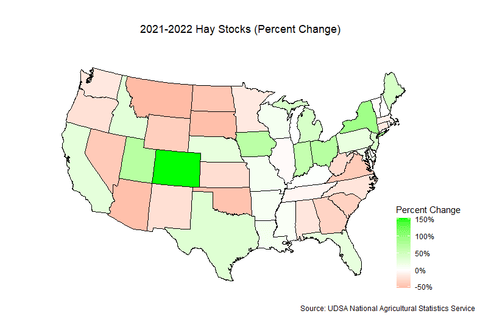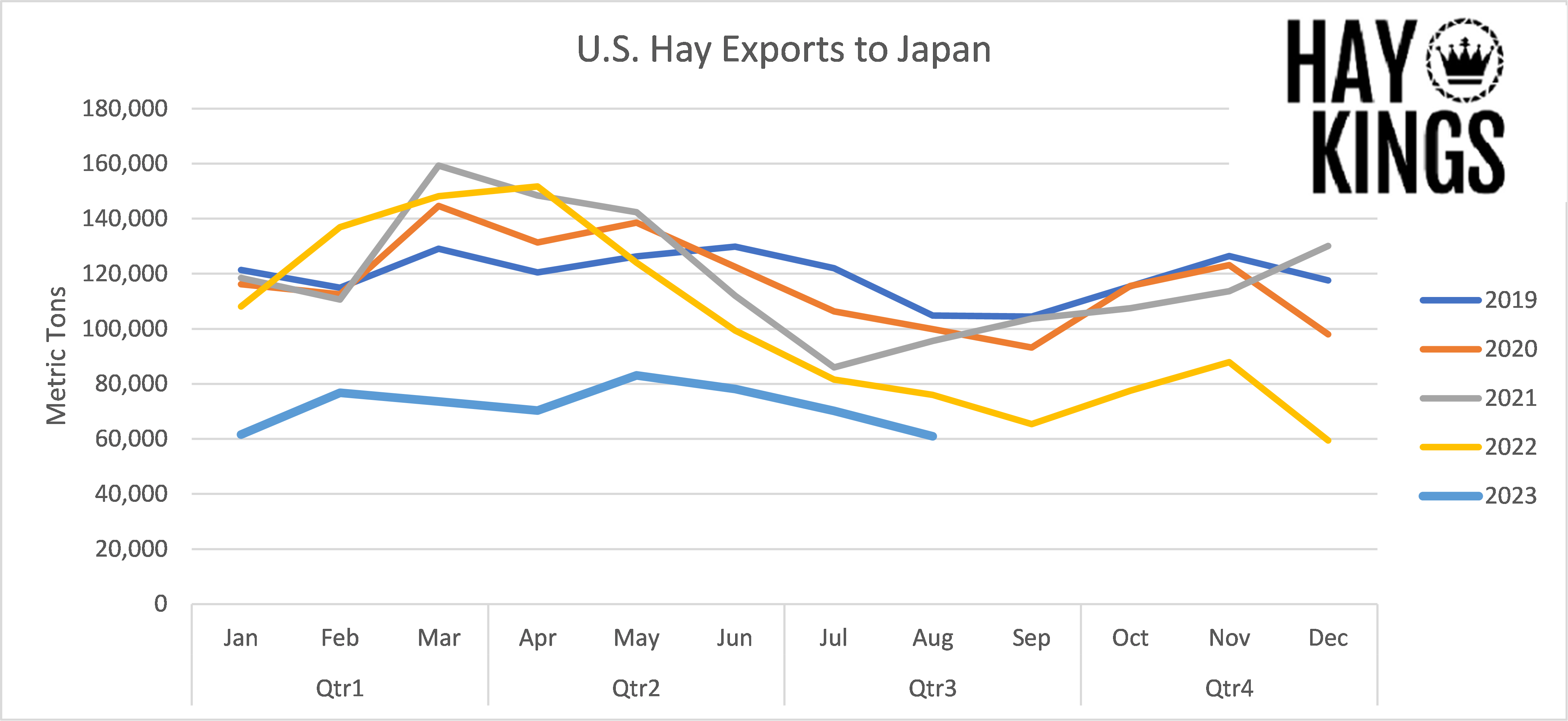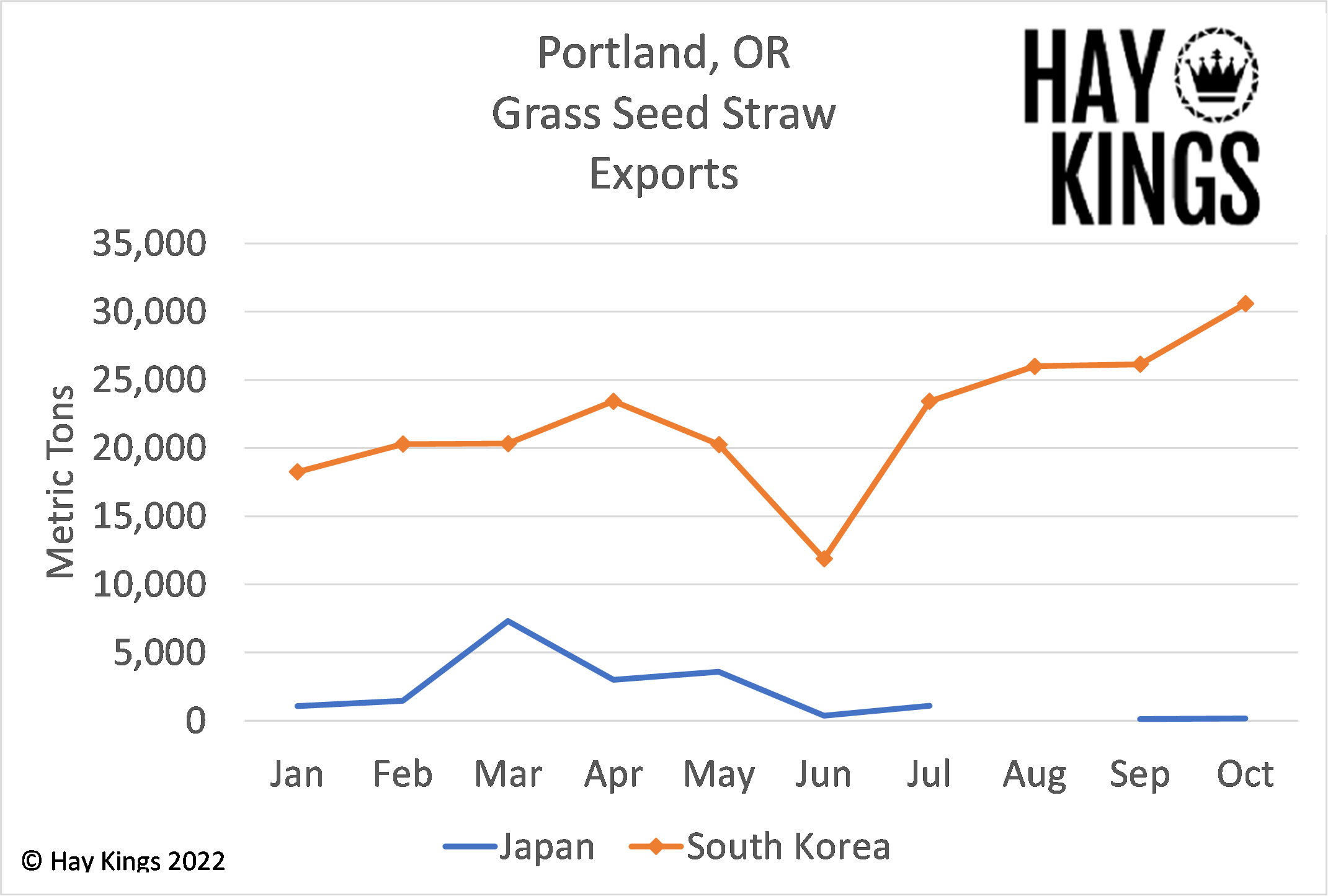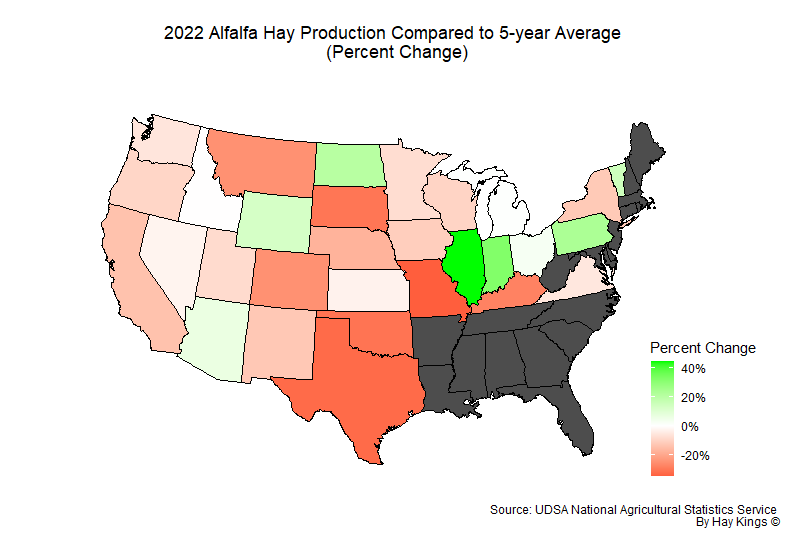News — Hay Exports
Washington Hay Production Decline: Drought, Strong Dollar, and Shifting Markets (2000–2024)
Washington hay production has fallen nearly 25% since the early 2000s, a decline driven by both drought and economics. This chart traces that shift, showing how repeated years of severe drought and a strong U.S. dollar since 2022 have squeezed growers from two sides—reducing yields at home and pricing out key export buyers abroad. As traditional export markets weaken, Washington’s hay industry is steadily pivoting toward higher-value domestic markets, where resilience, efficiency, and quality matter more than sheer tonnage.
Trading Hay - Exchange Rates
Hay Exports to South Korea - USDA Misses the Mark
Hay Kings is calling on the USDA FAS to issue a report discussing factors affecting demand for U.S. hay in the largest export destinations: China, Japan, South Korea, Taiwan, Saudi Arabia and the UAE. Additionally, the USDA AMS should recognize that exchange rates are always important to agricultural exports, market structures are complex and the hay industry is based on long-standing interpersonal relationships.
Grass Seed Straw Exports - Hopping!
Hay Prices and Production
Hay prices nearly doubled from 2020 to 2022, but why? Is it exports? Exports remain a small portion of hay utilization. In 2021, just 17% of total west coast production was exported.

But before we get to exports, let's look at where we started the production season. On the first of May, hay stocks were lower year over year. Low inventory to start the season gave a tailwind to hay prices, allowing prices to rise early in the season.

Grass and Alfalfa hay production are below the 5-year average in many states. The combination...





